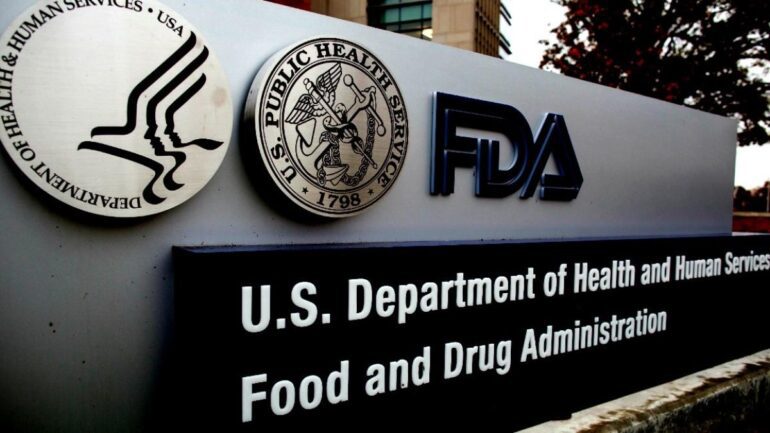TL;DR:
- The FDA has issued draft guidance to support the development of safe and effective medical devices using AI/ML technology.
- The guidance focuses on predetermined change control plans (PCCPs) for ML-enabled device software functions (ML-DSFs).
- PCCPs aim to enable manufacturers to make modifications to ML-DSFs without requiring new marketing submissions.
- Key components of PCCPs include describing planned modifications, outlining the methodology for development and validation, and assessing the impact of the changes.
- Acceptable modifications should improve or maintain the safety and effectiveness of the device.
- Transparency to users regarding modifications to ML-DSFs is crucial.
- Manufacturers are encouraged to engage with the FDA early in the process through the Q-submission.
Main AI News:
The realm of medical devices embracing the power of artificial intelligence (AI) is expanding, as the US Food and Drug Administration (FDA) takes a step forward in promoting the development of safe and effective AI-driven devices. In a recent move, the FDA has issued a draft guidance that focuses on machine learning (ML), a specific type of AI, aiming to foster innovation while upholding the crucial principles of safety and effectiveness.
This new draft guidance builds upon the FDA’s previous initiatives, including the 2019 AI/ML Discussion Paper, the 2021 AI/ML Action Plan, and the Food and Drug Omnibus Reform Act of 2022[1], which granted the FDA the authority to approve predetermined change control plans (PCCPs) for medical devices in premarket submissions. The primary objective of this guidance is to provide recommendations on PCCPs for ML-enabled device software functions (ML-DSFs), designed to proactively address post-market changes without the need for new marketing submissions. Stakeholders have until July 3, 2023, to provide their valuable input during the comment period for this draft guidance.
In essence, ML-DSFs possess the capability to learn from real-world data and perform specific tasks without explicit programming. However, modifications made to these ML-DSFs have the potential to significantly impact their safety and effectiveness. In the past, manufacturers seeking to update their approved software functions, which could influence safety and effectiveness, had to evaluate whether a new marketing submission was necessary—an intricate and time-consuming process that often incurred substantial costs.
By obtaining FDA authorization for a PCCP through their initial premarket submission, manufacturers can preemptively gain approval for specific future modifications to an ML-DSF. Consequently, these authorized changes can be implemented without requiring new marketing submissions. Notably, this draft guidance does not pertain to modifications that only involve minor changes, not necessitating new marketing submissions to the FDA.
The FDA highlights the essential components that PCCPs should encompass:
- A comprehensive description of the planned modifications for the ML-DSF, outlining the anticipated software evolution through data-driven learning.
- The associated methodology for the development, implementation, and validation of the modifications, ensures the software’s ability to adapt and transform while remaining safe and effective.
- A meticulous assessment of the impact resulting from these modifications, including an evaluation of the associated benefits and risks, alongside strategies for risk mitigation.
PCCPs are designed to facilitate modifications that uphold or enhance the safety and effectiveness of the device. Conversely, any modifications that undermine the device’s safety will not be deemed acceptable. The draft guidance elaborates on various types of modifications that could be suitable, such as those related to performance specifications and device inputs, both of which should be adequately validated within the existing quality system. Moreover, manufacturers must ensure that any modifications align with the approved indication for use statement of the device, considering future intended changes during its creation.
Maintaining transparency with end users remains paramount, ensuring they comprehend the potential modifications that may be implemented in ML-DSFs already available on the market. Any modification that falls outside the scope of an authorized PCCP, without obtaining FDA approval through a new submission, would render the ML-DSF adulterated and misbranded.
Hence, manufacturers are advised to commence their PCCP development early, dedicating substantial time and effort to define their predetermined ML-DSF modifications, while closely monitoring the behavior of their ML-DSFs once they hit the market. Furthermore, the FDA strongly encourages manufacturers to engage with the agency at the outset through the Q-submission process when proposing PCCPs for ML-DSFs, establishing an open line of communication for fruitful collaboration.
Conclusion:
The FDA’s draft guidance on PCCPs for ML-DSFs signifies a significant step towards facilitating innovation while ensuring the safety and effectiveness of AI/ML-enabled medical devices. This guidance provides manufacturers with a framework to proactively plan and implement modifications to their devices, reducing the need for costly and time-consuming new marketing submissions. It emphasizes the importance of transparency to end users and encourages early engagement with the FDA to streamline the process. These developments create a more favorable environment for the market growth of AI/ML-enabled medical devices, promoting increased innovation and improved patient care.

